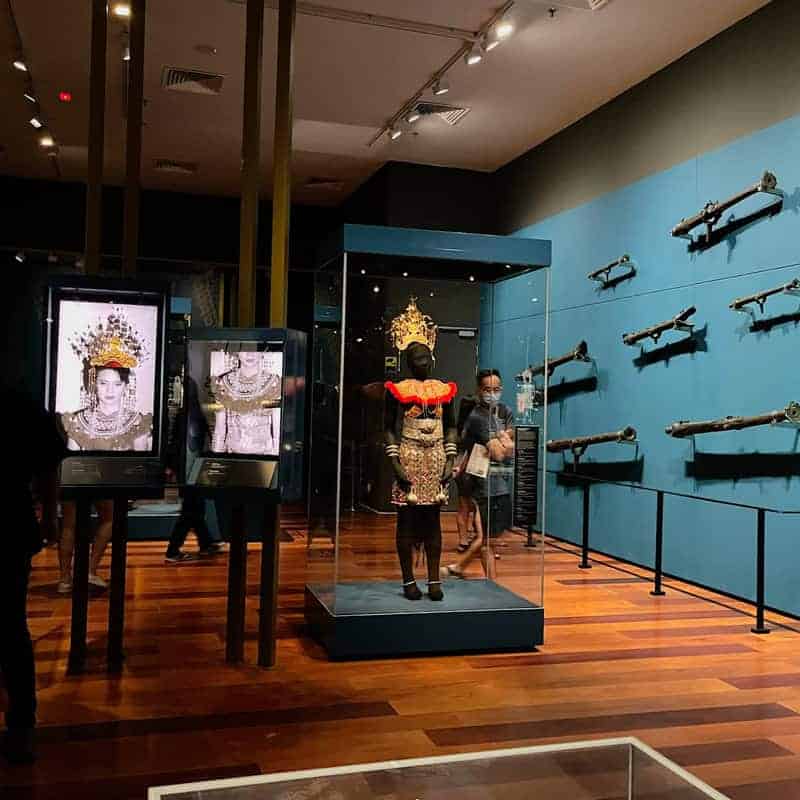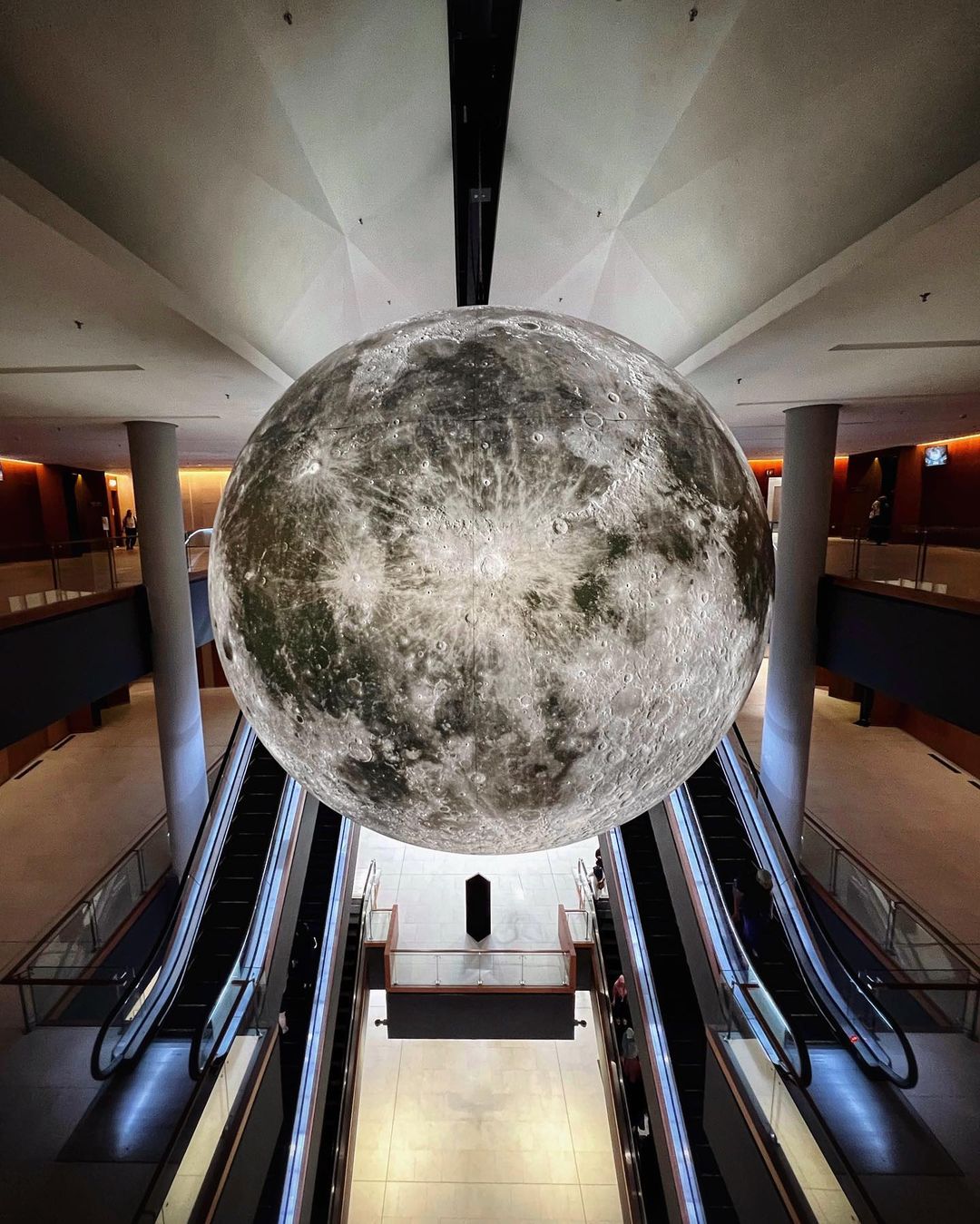Borneo Cultures Museum: Gateway to Indigenous Wisdom
Borneo Cultures Museum: Gateway to Indigenous Wisdom
Blog Article
Explore the Fascinating World of Borneo's Cultural Heritage: A Comprehensive Overview to the Cultures Gallery Experience
Immersing oneself in the detailed tapestry of Borneo's social heritage belongs to starting a trip via time and practice. The fusion of native people, typical inventions, captivating efficiencies, and historical narratives housed within the boundaries of the island's museums provides a glimpse into a globe including vivid custom-mades and profound heritages. As visitors traverse with these repositories of culture, they are beckoned to discover a realm where past and existing intermingle, inviting contemplation on the strength and splendor of Borneo's diverse heritage.
Aboriginal People of Borneo
Borneo is home to over 50 indigenous tribes, each with distinct cultural methods and traditions that have actually been protected for generations. Amongst these people are the Iban, understood for their traditional longhouses and complex tattoos where several family members reside.
These aboriginal people play an essential role in keeping Borneo's rich social tapestry. Despite external influences and modernization, lots of tribes remain to support their customs, languages, and ideas. Visitors to Borneo have the chance to involve themselves in the distinct way of livings of these people with cultural trips, homestays, and community-based tourism campaigns. By engaging with these native neighborhoods, site visitors can obtain a much deeper recognition for the diversity and durability of Borneo's native heritage.
Traditional Handicrafts and Artifacts

One popular example of standard inventions in Borneo is the manufacturing of woven items - Borneo Cultures Museum. Skilled weavers use natural fibers like rattan, bamboo, and pandan entrusts to create detailed baskets, mats, and accessories embellished with vibrant patterns that hold symbolic definitions within the neighborhood
The art of woodcarving is one more significant aspect of Borneo's conventional handicrafts. Craftsmens carve complex layouts right into numerous kinds of timber to produce masks, sculptures, and musical instruments that not only offer useful purposes but additionally hold social significance, typically illustrating mythology or spiritual beliefs.
Additionally, Borneo is renowned for its beadwork, with artisans meticulously crafting beads from materials like glass, seeds, and coverings to create fashion jewelry, apparel decorations, and decorative things that display the area's vibrant aesthetic traditions. These standard inventions and artefacts not only function as tangible expressions of Borneo's cultural heritage but also offer understandings right into the neighborhoods' ideas, values, and way of living.

Social Performances and Festivals
With a deep-rooted connection to their cultural traditions, the communities in Borneo come active with vivid social performances and celebrations that celebrate their heritage. These occasions display the rich diversity of Borneo's ethnic teams, each offering distinct dances, songs, and routines that have actually been given via generations. Among the most popular celebrations is the Gawai Dayak, celebrated by the Dayak people to mark the rice collecting season. Throughout this event, traditional music loads the air, intricate dancings are carried out, and fancy typical outfits are put on. One more significant occasion is the Pesta Kaamatan, commemorated by the Kadazandusun community to provide many thanks for the rice harvest. This celebration includes social performances, including the Sumazau dance, and typical sports like the bamboo dancing. Visitors to Borneo can submerse themselves in these festivities, getting a deeper understanding of the region's social heritage and experiencing the warm hospitality of its people. Cultural efficiencies and events work as a vibrant tip of Borneo's abundant social tapestry and the importance of preserving these traditions for future anonymous generations.
Historical Stories and Artefacts
Discovering the historical narratives and artefacts of Borneo provides a fascinating glimpse right into the area's abundant past and social advancement. Borneo's historical tapestry is woven with varied influences, showing the communications in between native tribes, Chinese investors, European colonizers, and Malay sultanates. The artefacts located in Borneo display this detailed history, varying from traditional crafts like detailed beadwork and woodcarvings to historical treasures such as ancient ceramic and devices.
Among one of the most compelling facets of Borneo's historic stories is the conservation of oral traditions gave through generations. These tales supply insights right into the ideas, custom-mades, and every day lives of Borneo's occupants throughout the centuries. Additionally, the artefacts uncovered from historical sites use concrete connections to these stories, enabling site visitors to witness the material society of past societies firsthand.
Contemporary Cultural Conservation Initiatives
Moreover, instructional programs and cultural exchange tasks play an essential duty in raising recognition concerning the significance of preserving Borneo's unique cultural heritage. By engaging schools, galleries, and the bigger area in conversations and tasks that celebrate Borneo's varied cultures, preservation initiatives can gain momentum and support for view it now long-term sustainability. Partnerships between governmental bodies, non-profit organizations, and neighborhood neighborhoods are vital in driving these conservation ventures onward, guaranteeing that Borneo's abundant social heritage continues to be lively and cherished for generations ahead.
Final Thought
In conclusion, the cultural heritage of Borneo is varied and rich, with native people, typical inventions, social efficiencies, events, historical narratives, and contemporary preservation efforts all adding to its uniqueness and importance. Site visitors to Borneo's cultural museums can obtain a deeper understanding and admiration of the region's social heritage, enabling a more immersive and enlightening experience.
Immersing oneself in the detailed tapestry of Borneo's social heritage is comparable to getting started on a trip with time and custom.With an ingrained connection to their social traditions, the neighborhoods in Borneo come active with vibrant cultural efficiencies and festivals that celebrate their heritage. Social performances and celebrations offer as a vivid reminder of Borneo's abundant cultural tapestry and the relevance of protecting these practices for future generations.
Moreover, educational programs and cultural exchange activities play a vital role in raising awareness regarding the value of preserving Borneo's distinct social heritage. Cooperations between governmental bodies, non-profit organizations, and regional areas are important in driving these preservation blog ventures forward, guaranteeing that Borneo's rich social heritage stays vivid and cherished for generations to come.
Report this page